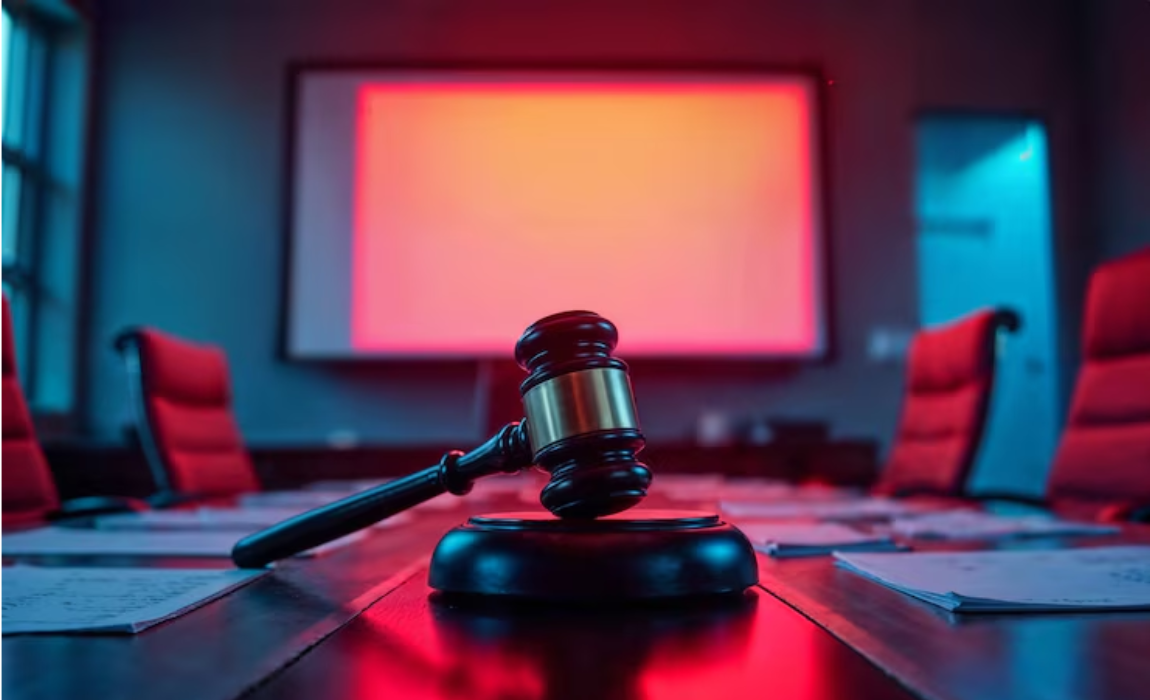
Media Trials and Their Influence on Judicial Process – Conflict with the right to fair trial under Article 21
In the age of instant news and viral opinions, the courtroom is no longer the only space where guilt and innocence are debated. Increasingly, it is the television studio, the Twitter feed, and the digital headline that shapes public opinion—often long before the law has taken its course. This rising phenomenon of media trials has emerged as one of the greatest threats to the right to a fair trial guaranteed under Article 21 of the Indian Constitution.
The right to a fair trial is fundamental. It ensures that no person is declared guilty unless proven so in a court of law, based on evidence, legal procedure, and impartial judgment. Yet, in high profile cases, we now see parallel trials being conducted by the media, where facts are twisted into stories, suspects are portrayed as criminals, and public emotion is stirred before judicial truth can be established.
The Line Between Reporting and Judging
It is not the role of the media to stay silent—on the contrary, the media serves an important democratic function by reporting facts, questioning institutions, and bringing transparency to public affairs. But there is a vital difference between reporting the progress of a case and delivering a verdict through headlines.
When the media crosses that line, it begins to interfere with the course of justice. Witnesses may be influenced or intimidated. Judges may be pressured by public sentiment. The accused may be socially punished even before trial. In such an atmosphere, justice may be seen to be done—but it may not actually be done.
A Constitutional Conflict
This conflict between media freedom and fair trial rights is not new. The media rightly operates under the protection of Article 19(1)(a), which guarantees freedom of speech and expression. However, this freedom is not absolute. The Constitution itself allows for reasonable restrictions to protect the integrity of judicial processes.
The Supreme Court has addressed this tension in several landmark cases. In Sahara India Real Estate v. SEBI (2012), the Court recognised that excessive media coverage can prejudice a trial and permitted courts to issue postponement orders to delay publication when necessary. In RK Anand v. Delhi High Court (2009), the judiciary sharply criticised media conduct that interfered with an ongoing case, reminding us that trial by media is not part of our justice system.
These cases make one thing clear: the judiciary respects press freedom, but it also has a duty to ensure that freedom does not become a weapon against fairness.
The Human Cost
Beyond the legal principles, there is also the human cost of media trials. In the rush to “break news,” reputations are destroyed. Accused persons—sometimes later acquitted—are labelled forever in the public eye. Families suffer humiliation. And the very concept of presumption of innocence is lost in the noise of public outrage.
Social media has only amplified this problem. In a world of viral hashtags and armchair opinions, even the most balanced judicial process struggles to survive a media storm.
The Road Ahead
It is time for introspection—and reform. Media organisations must adopt ethical guidelines when covering sub judice matters. Courts must not hesitate to issue gag orders or postponement directives where required. The Press Council of India, or a new statutory media regulator, should be empowered to monitor and act against violations that interfere with judicial proceedings.
Education and training are essential. Journalists reporting on legal matters must understand that their words can influence not just opinion, but justice itself.
Conclusion
Justice cannot compete with breaking news. The court of public opinion cannot replace the court of law. In a democratic society governed by the Constitution, freedom of the press and the right to a fair trial must coexist—but not collide.
Let the media speak. But let the courts decide.
